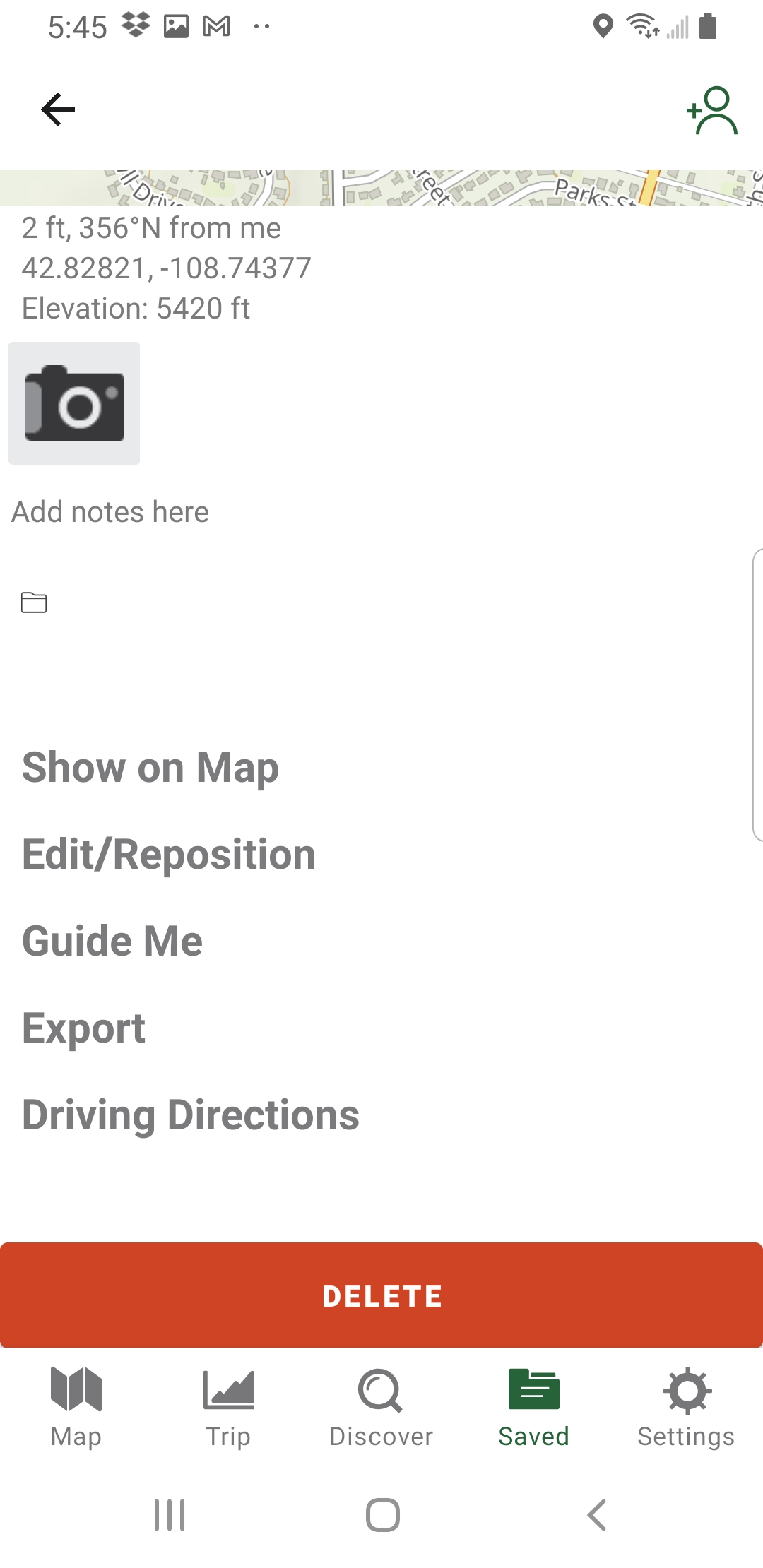

I exported the five tracks and 579 waypoints as a single GPX package that I could import into my navigation apps.
#Gpx editor gaia full#
This is important because the full track was too big to fit on my Suunto watch (it had too many track points). Using Garmin Basecamp, I split the resulting 738km track into five segments.I also kept all of the original numbered waypoints from the data. I did this for both my planned main route and any possible variants.I used ViewRanger to create these tracks. To create a set of tracks offering a more accurate picture of distance and elevation, and which I can use on my phone and smart watch, I went through my guidebook data and carefully drew my own tracks using the routes as a rough guide.Some people prefer this kind of route, but I like detailed tracks. These files consist of 45 routes and 579 waypoints, but they do not offer continuous tracks these are ‘join the dots’ routes from waypoint to waypoint, omitting detail in between. I used the GPX files from as a starting point.Although I often use publicly available data sources as a starting point, I always create my own final GPX files. There are a lot of GPX files for the HRP floating about on the internet, but I am wary of directly using someone else’s GPX tracks for planning, because I might end up making the same mistakes that person did. Once a set of GPX data for a trip has been created, it can be loaded into any app and used interchangeably. GPX is a standardised format used by all GPS devices and mapping apps. To help me plan my route itself (including the variants I’ll be taking and any alternative routes for bad weather), I have created a set of GPX files.

The Cicerone guide assumes that the hiker will mostly be staying in huts or other accommodation.

I plan to complete the route in a faster time than the 44 days recommended in the Cicerone guide.An alternative (and very concise) data source.Īlthough I’ve used these data sources to plan my trail, I don’t intend to stick to the recommended day stages in any of them, for two reasons: His supplemental information looks like it will be very useful. Peter Forrest has extensive knowledge of the HRP and has been involved with the two most recent editions of the Cicerone guide. I will be carrying an electronic copy on my phone my wife will have the paper copy to keep track of my location. The third edition has been extensively revised by Tom Martens. The new edition of Cicerone’s guidebook to the Pyrenean Haute Route.I will be using a combination of guidebook info sources: It all starts with a guidebook and some GPX data. I think this approach offers the best of both worlds. Although planning out individual days makes little sense on a long route – there are so many variables that detailed plans inevitably fall apart – I do like to have a clear picture of all possible route variants, major landmarks, distances, and potential resupply points. When it comes to planning, there are two kinds of backpackers: those who like to keep things fluid and flexible, and those who prefer to plan their adventures beforehand. Planning is now well underway, and in this blog post I’d like to outline my approach to maps, route planning, and how I’ll handle navigation on the trail.įor background on my hike, check out this post. Updated to reflect my final setup on the eve of my hike.įrom mid-July 2019, I’ll be thru-hiking the Haute Route Pyrenees.


 0 kommentar(er)
0 kommentar(er)
